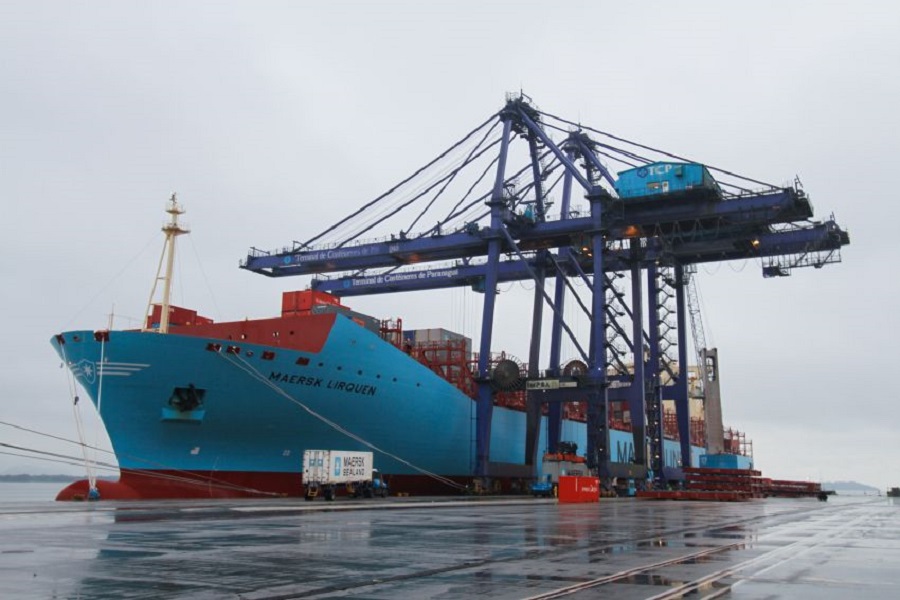RIO DE JANEIRO, BRAZIL – With a new boom in commodities (basic products such as oil, grains, and minerals) on the international market, Brazil should once again close its foreign accounts with the first positive balance in 14 years. According to the Central Bank, after a US$12.5 billion slump last year – considered low by Brazilian standards – the estimate is for a positive balance of US$2 billion in 2021, the first surplus since 2007.
The current transactions account in the balance of payments encompasses all of Brazil’s business with foreign countries, including the trade balance of goods and services, remittances of profits and dividends, and interest paid by companies, in addition to personal transfers.

The last time the result was positive occurred during the global commodities boom at the start of the century, when Brazil recorded surpluses for five straight years starting in 2003.
Until the end of 2020, the Central Bank had been projecting a new deficit of US$19 billion in the external accounts for this year. But with the increase in the prices of commodities Brazil produces, the Central Bank raised its projection of revenue by US$21 billion, which will result in a positive balance of US$2 billion.
With the estimates for the services and primary income accounts virtually stable, the main difference came in the projection for the trade balance, which increased from a surplus of US$53 billion to US$70 billion. Should the figure be confirmed, it will be the highest on record for the trade balance measured by the Central Bank. According to the institution’s estimates, exports alone should reach US$256 billion this year, surpassing the US$253.185 billion record in 2011.
“Despite having started the year at a depressed level, exports are expected to increase from March on, driven by the flow of the positive soybean harvest, high commodity prices and the recovery of international demand,” the Central Bank highlights in the latest RTI (Quarterly Inflation Report).
The Ministry of Economy also expects a record trade surplus in 2021, of US$89.4 billion, an increase of 75% over the balance of US$50.9 billion last year. While the ministry considers the values of all export and import contracts, the Central Bank metric includes only the resources that actually entered and left the country.
High
Commodity prices rose 50% in the international market last year, according to the Central Bank. In the Brazilian market, in Reais, commodity prices rose 66% in the same period. The impact of commodities on external accounts is increasing because the weight of basic products in Brazilian exports is growing, from 53% of total shipments in 2019 to 57% last year.
The president of AEB (Association of Foreign Trade of Brazil) José Augusto de Castro points out that the growth in sales of these products occurs much more by price than by the quantity produced.
“There is a generalized increase in the prices of all these products that Brazil produces in large volume, such as soy, corn, ore and oil. In addition to the increase in demand by countries that have begun to emerge from the crisis, there is a bottleneck of lack of ships and containers that helps to put pressure on costs,” says Castro.
He adds that unlike what happened in the first decade of this century, the rise in commodity prices should not persist for many years: “We are still in the middle of the pandemic and I can’t see this trend as something lasting. There may even be some increase in food production to meet a cyclical demand resulting from income aid, but in metallurgy I don’t see investments for the expansion of capacity that will not have demand in the future.”
Chief economist of Ativa Investimentos Étore Sanchez, on the other hand, projects a more extensive cycle of commodity appreciation, at least while large fiscal packages launched by the main developed economies last.
“In my scenario, the commodities boom is something that came in a more lasting way because the environment is one of liquidity (large amount of resources) and with a long term perspective. The European Union, for example, has already announced that it will maintain its package until 2026,” concludes Sanchez.
Economist Bruno Lavieri from 4E Consultoria has a more critical perspective of the current account surplus projected for 2021. In his opinion, despite the performance of commodities, the expected result is part of a poor diagnosis of the economy. “It is a sign of a deteriorated domestic picture, with a foreign exchange rate out of place and difficulties for the population, which reduces imports,” he says.
Source: R7

